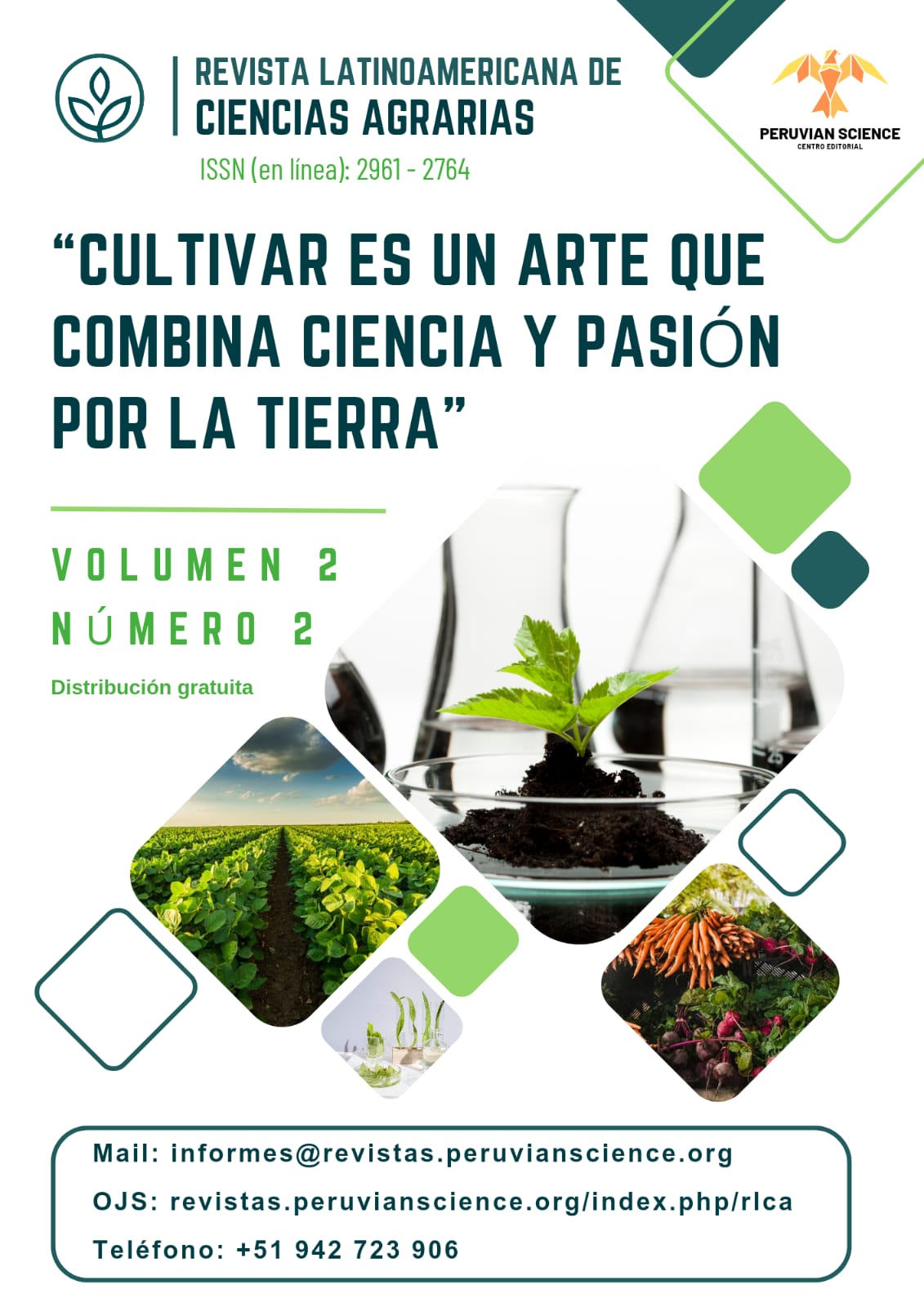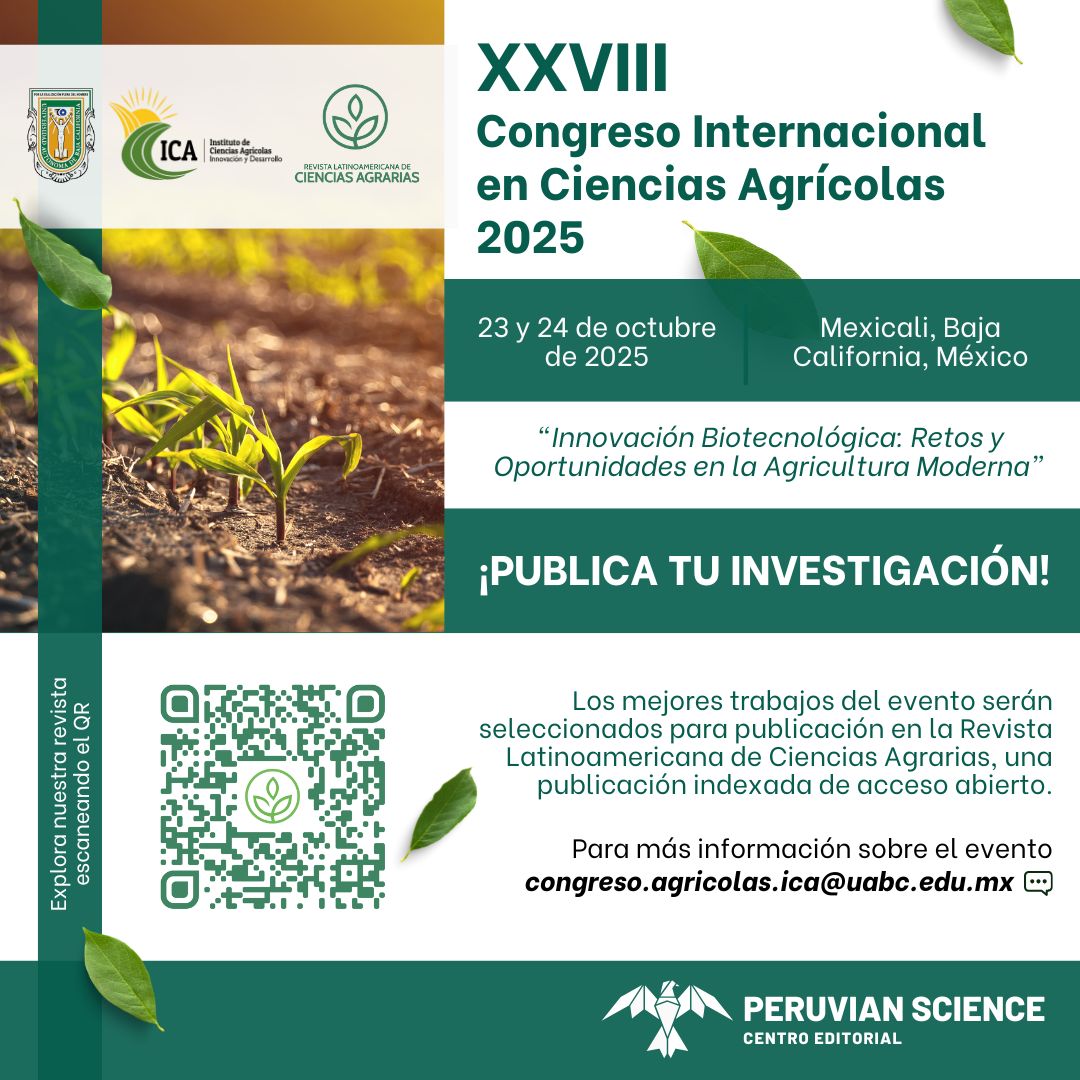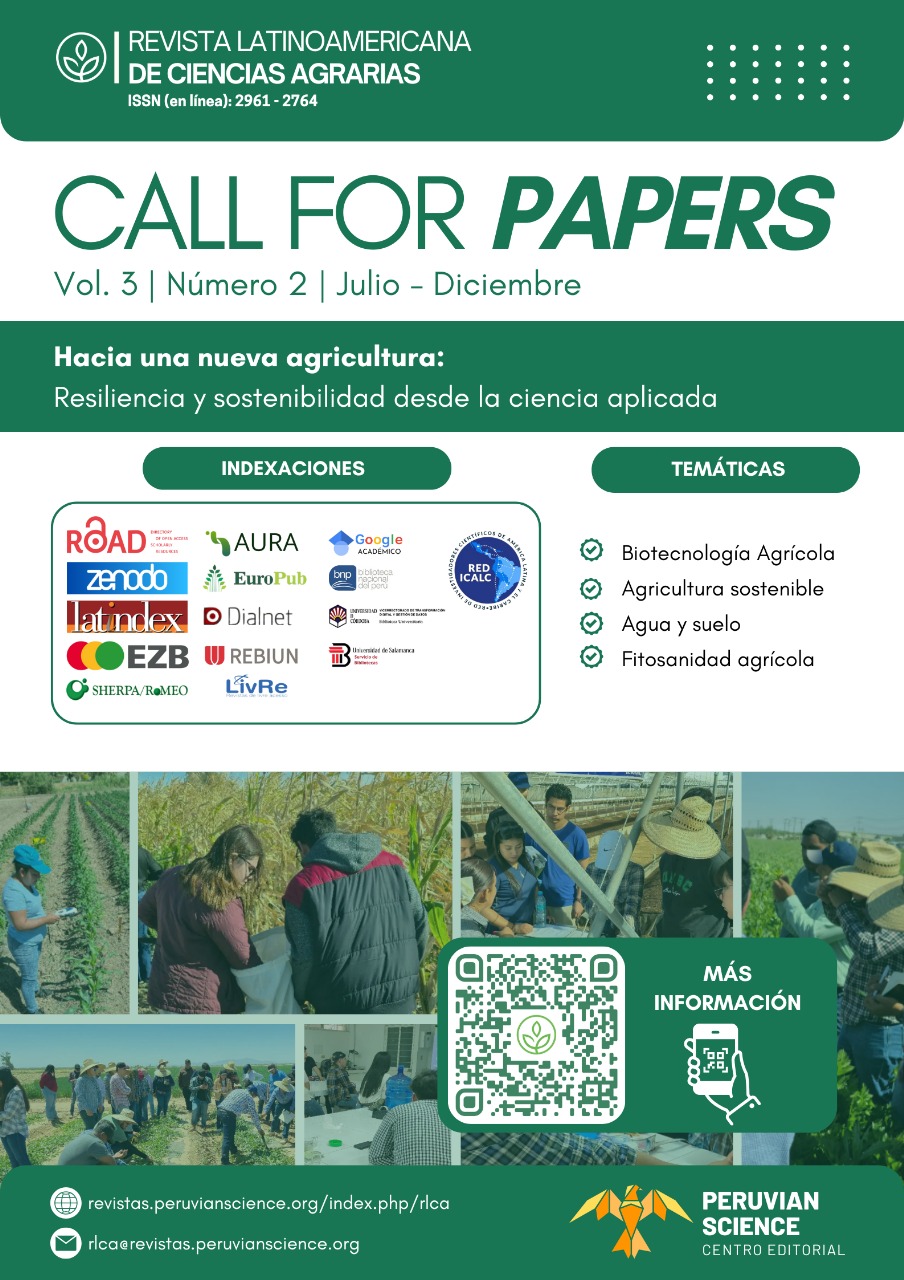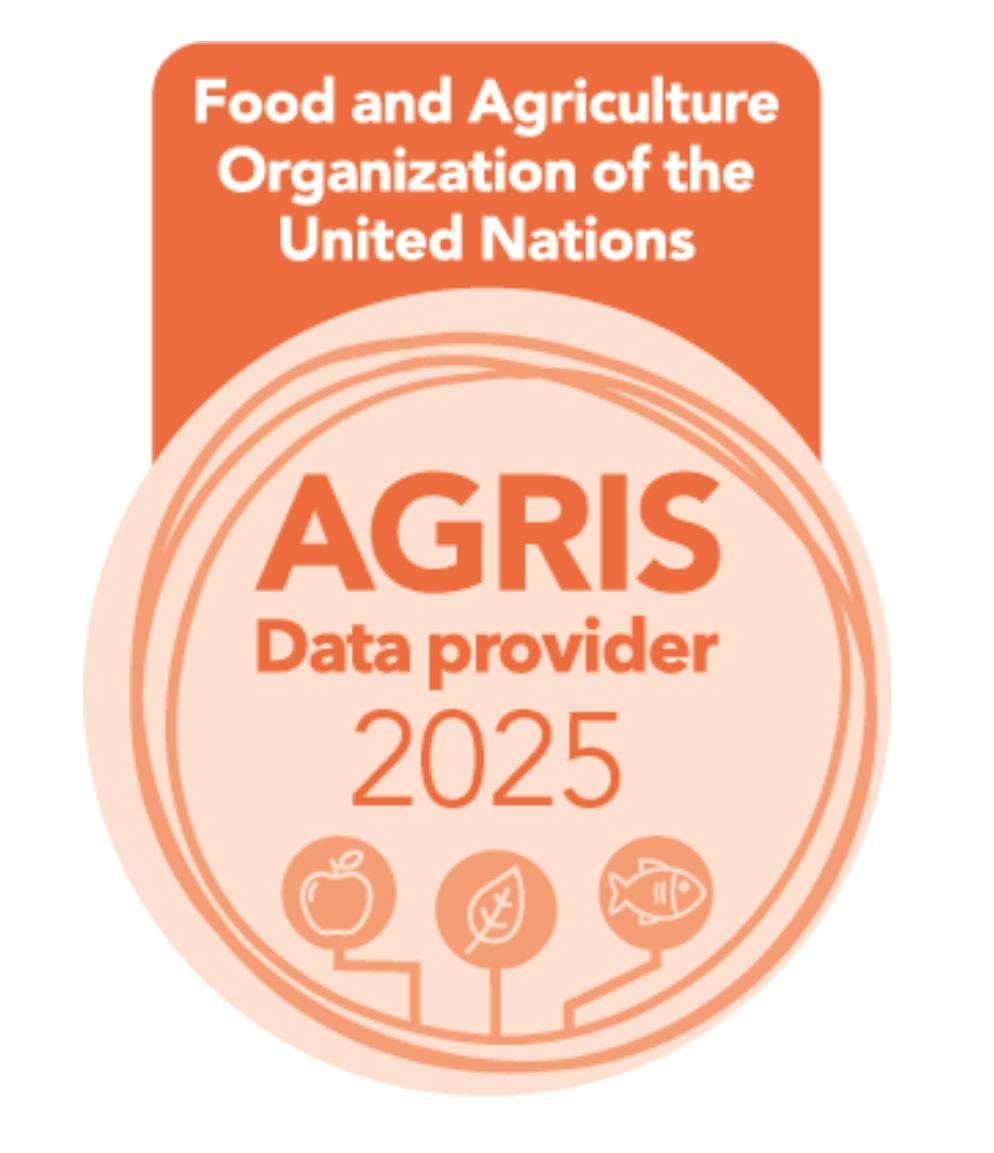Levels of resistance to soil penetration and root and aerial development with 3 agricultural crops
DOI:
https://doi.org/10.5281/zenodo.14788441Keywords:
biomass, compaction, depth, rootAbstract
The objective of the research was to analyze the resistance to soil penetration (RPS) and the root and aerial development of three agricultural crops (sunflower, canola and turnip) in an Oxisol in the Alto Paraná region, in order to evaluate the impact of these crops on soil compaction. An experimental design was used in randomized complete blocks with three treatments and five repetitions. The variables evaluated included RPS at two depths (0-10 cm and 11-20 cm), root length, root and aerial part biomass. The data were subjected to an analysis of variance (ANAVA) and Tukey's test at 5% probability of error, in addition to a Pearson correlation analysis between RPS and root biomass. The study was carried out in an Oxisol, a type of soil common in the region, prone to compaction, which makes proper root development difficult. The results showed that sunflower had a lower RPS in the 0-10 cm surface layer, suggesting a positive effect on soil decompaction. Root and aerial biomass was higher in sunflower, while no significant differences were found in root length between crops. In conclusion, sunflower showed greater efficiency in reducing RPS in the surface layer, standing out as an option to mitigate soil compaction.
Downloads
References
Aliari, R., Shiri, R., & Kiani, A. (2002). Root effects on soil structure and nutrient dynamics. Soil Science Society of America Journal, 66(5), 1456-1463.
Boone, F. R., Flanagan, D. C., & Anderson, D. W. (2013). Soil penetration resistance as an indicator of soil compaction. Canadian Journal of Soil Science, 93(2), 255-267.
Gagnon, B., Angers, D. A., & Rochette, P. (2002). Root morphology and water uptake of sunflower compared to other crops in different soil types. Agronomy Journal, 94(5), 973-981.
Lal, R. (2015). Restoring soil quality to mitigate soil degradation. Sustainability, 7(5), 5280- 5294.
Munkholm, L. J., & Schjønning, P. (2010). Soil physical quality in conventional and organic cropping systems. Geoderma, 155(3-4), 175-185.
Ryan, M. H., Tibbett, M., & Erskine, P. D. (2010). Effects of soil compaction on root growth and nutrient acquisition in crops. Field Crops Research, 116(1), 11-17.
Valadão, M. H. F., Sá, J. C. M., & Oliveira, F. A. (2015). Soil compaction and root growth: Impacts of mechanization on soil properties and crop yields. Soil and Tillage Research, 151, 61-69.
Wu, Y., Li, X., Zhang, H., & Wang, F. (2022). Root exploration and its impact on soil properties in agricultural ecosystems. Field Crops Research, 270, 108306.
Published
How to Cite
Issue
Section
License
Copyright (c) 2025 Latin American Journal of Agricultural Sciences - RLCA

This work is licensed under a Creative Commons Attribution-NonCommercial-NoDerivatives 4.0 International License.
The Latin American Journal of Agricultural Sciences (ISSN online: 2961-2764) applies the Creative Commons Attribution (CC BY) license to the articles and other works we publish. Therefore, each manuscript submitted for publication by the journal will be processed under the CC BY license. This means that the manuscript author retains copyright to their published documents while agreeing that their article may be reused in whole or in part by anyone for any purpose, free of charge, including for commercial purposes. The use of this license is consistent with the open access policy of the journal, since this is the most open license considered "the gold standard" of open access.






















